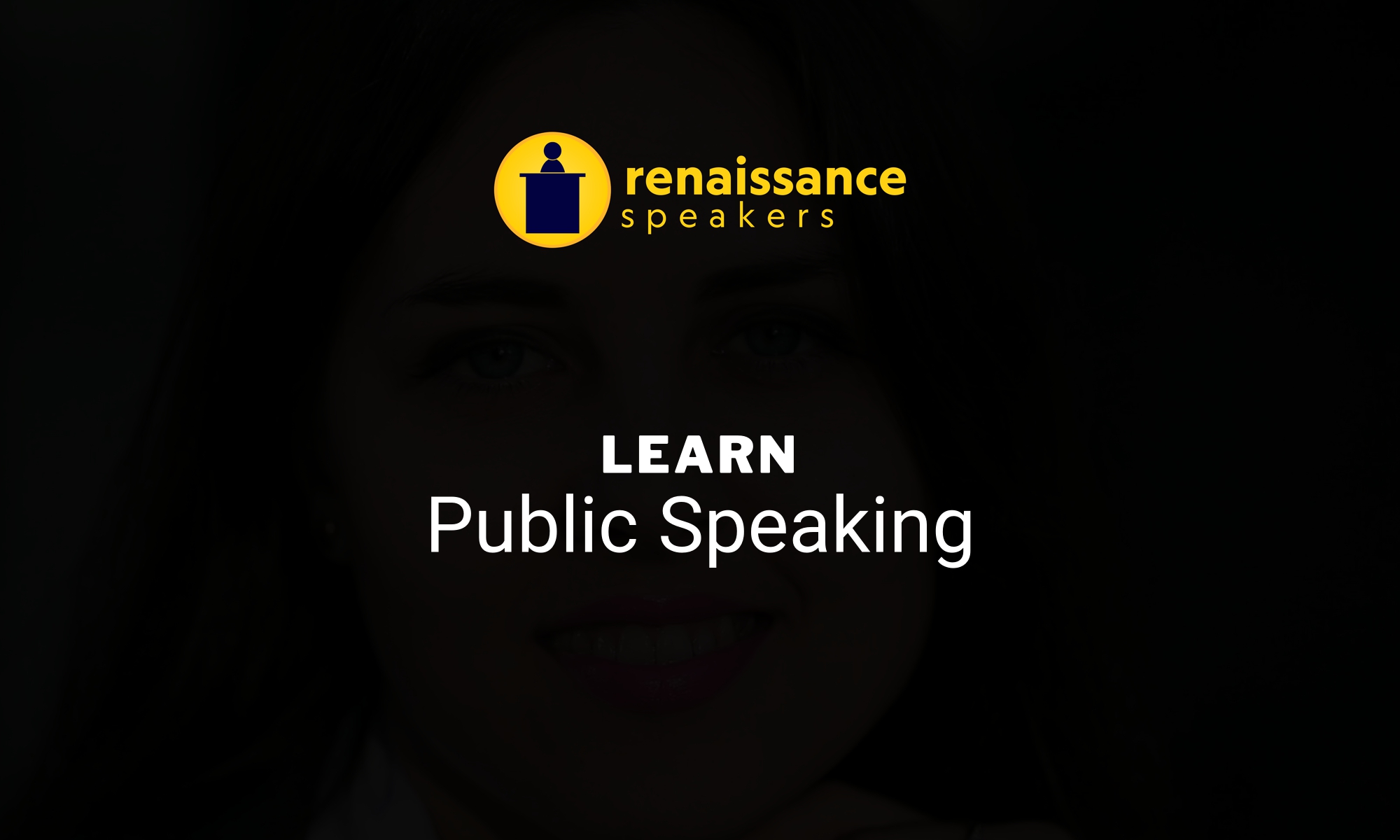
YouTube was the topic for today’s Fifth Social Media workshop. The basic idea of uploading videos to YouTube and then embedding them to the RenaissanceSpeakers.org website was covered in the previous Social Media workshop and was reviewed today as an introduction to the nitty gritty of how to actually accomplish the same.
The basic 3-step concept is this simple:
A) Shoot a Video
B) Upload the video to YouTube
C) Embed the video on RenaissanceSpeakers.org
Visit the Fourth Social Media Workshop for a brief and simple description of “embedding.”
A) Shoot a Video
Shooting a video is very simple for club members. Just bring an SDHC (Secure Digital High-Capacity) card to a meeting and give it to the camera person, who will record the speech on the SDHC card and return it afterwards.
NOTE: Although SD (Secure Digital) media cards are the same size and look the same, there are important differences. Currently, there are three general families of SD cards: SDSC (Standard-Capacity), SDHC (High-Capacity), and SDXC (eXtended-Capacity). Our current club camera requires the SDHC. And to make matters more interesting, the SDHC card should have a “speed rating” of “Class 4” or above. The speed class is a rating of how quickly the SDHC card can transfer information.
For those with older computers (roughly before 2009), they will need an inexpensive SDHC adapter for their computer to read the SDHC card so that members can see their videos and transfer them from the SDHC card to their computer and/or to YouTube.
SDHC are re-recordable. So, when the speech is transferred from the SDHC card to a computer and/or to YouTube, the card can be recorded on again, over and over and over. The cards are not designed to last forever, but they can last a long time.
B) Upload the Video to YouTube
Uploading a video to YouTube is also simple. One goes to YouTube.com and sets up a free account and uploads the video! (And uploads as many videos in the future as desired).
Part of the process includes adding the title of the speech, plus a little description of the speech and selecting a “category” for the speech from YouTube’s drop down menu. There is also the option to add descriptive keyword tags as an additional aid to help search engines deliver the video to individuals searching for the type of information contained in the video. Example: If the video is a comedic speech about the economy, some appropriate tags could be “comedy” “funny” and “economy,” as well as any other descriptive words pertinent to the content of the video.
It’s also best to include a Renaissance Speakers link in the video description like this: http://RenaissanceSpeakers.org
That way anyone who wants to find out more about the club can just click the link.
C) Embed the Video on RenaissanceSpeakers.org
This is remarkably simple, as well. Once a video is uploaded to YouTube, just copy the “embed code” and paste into a blog post on the Renaissance Speakers website. This is just like copying and pasting any other words or information in a Word document or an email.
One important point is that once the embed copy has been copied in YouTube it is pasted into a Renaissance Speakers post in the “HTML” mode instead of the “Visual” mode. The option to select “HTML” mode or the “Visual” mode is apparent once you are logged into the Renaissance Speakers website and ready to add any speech, whether it be text or video.
Once the post is “published,” the video is immediately viewable and playable on the Renaissance Speakers website.
How To Obtain the YouTube Embed Code
Once your video is uploaded to YouTube, here’s how to embed it on the Renaissance Speakers website:
- Click the Share link on the YouTube video.
- Click the Embed link.
- Copy the code provided in the expanded box.
- Paste the code into your Renaissance Speakers post or any blog or website and save it.
Extra Features on YouTube
Although the preceding three steps will result in a video speech that can be viewed by anyone in the world on the Renaissance Speakers website, it’s worth knowing that with a little extra work, the video can be polished up to be more presentable. For example, the video should be “trimmed” so that it starts right before the speech is started and ends right after the speech concludes. That way the video provides the main body of content and does not leave viewers waiting to hear the speech.
The YouTube “Video Editor” not only makes it easy to trim the beginning and end of the video, titles and credits can be added, as well, to give it a more professional touch.
There are also simple video editing programs, such as Windows Movie Maker, which comes free with PCs and iMovie which comes free with Macs, which provide more control of the video editing process than the YouTube Video Editor. Use of an independent video editing program would precede uploading the video to YouTube.
Earlier Basics
Finally, it would be helpful to have grasped the concepts presented in the earlier Social Media Workshops, which would make adding video even easier to grasp.
Here are links to the earlier Renaissance Speakers Social Media Workshops:
1) First Renaissance Speakers Social Media Workshop – Introduction.
2) Second Renaissance Speakers Social Media Workshop – Publishing Text.
3) Third Renaissance Speakers Social Media Workshop – Publishing Photos.
4) Fourth Renaissance Speakers Social Media Workshop – Review and Video.
George is a Distinguished Toastmaster (DTM); Principal of SkyworksMarketing.com; Founder of NonProfitFire.org; Past President of the Renaissance Speakers (1999-2000); Cable TV Producer (OurVentura.com); and an ardent motorcycle and photography enthusiast. (He also eats too much organic dark chocolate). Visit GeorgeAlger.com for more info.
